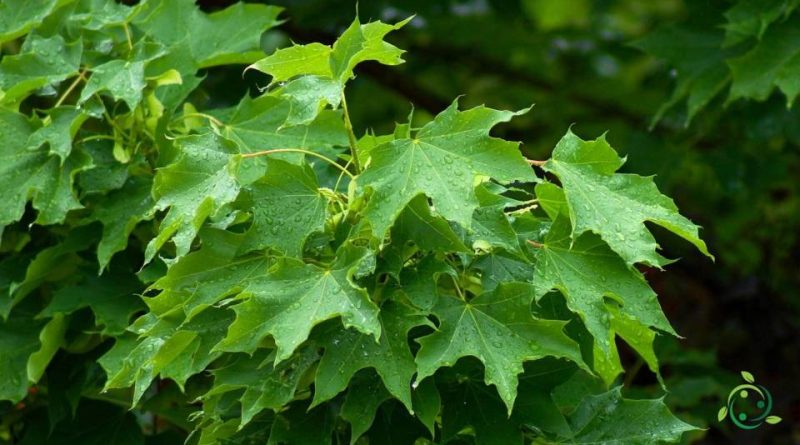Reproduction of the sycamore
Reproduction of the sycamore
Sycamore (Acer pseudoplatanus L., 1753) is a plant of the Aceraceae family and is the largest European maple, present from the Atlantic coasts to the Caspian Sea. In Italy it is missing only in Sardinia.
Suitable breeding habitat –
Acer pseudoplatanus is a widespread species in central and western Europe (France, Benelux, Germany, Switzerland, Austria, Poland, Russia), in the Mediterranean basin (Spain, Portugal, Italy, Albania, Bulgaria, ex-Yugoslavia, Greece ), in Asia Minor (Turkey) and in the Caucasus region.
In Italy it is present in mountainous areas, however it also appears at low altitudes: for example, it is sporadically present in the high plain at the foot of the Alps and is common in the Pre-Alps. It is encountered up to an altitude of 1500–1900 m. It finds its optimum in maple-ash and beech woods. In the Po Valley it is almost completely replaced by field maple. In central Europe it is present at gradually lower altitudes, as you move northwards.
Propagation –
Acer pseudoplatanus is a very cold hardy plant, able to tolerate temperatures down to around -25 ° C when dormant.
It is an easy to grow plant that prefers good, well-drained moist soil and a sunny position.
It grows well in heavy clay soils and in cooler areas of the country.
Propagation occurs by seed.
The seed should be sown as soon as it is ripe in a cold environment; it usually germinates the following spring. It is advisable to soak the stored seed for 24 hours and then stratify for 2 – 4 months at 1 – 8 ° C. It can be slow to germinate. Seeds should not be dried below 35% humidity.
The seed can be harvested ‘green’ (when fully developed but before it has dried out and produced any germination inhibitors) and sown immediately. It should germinate in late winter. If the seed is harvested too early, it will produce very weak or non-sprouting plants.
As soon as the young seedlings have reached a size that can be handled they should be placed in single pots and grown to a height of 20 cm or more before transplanting them into their permanent positions.
Stratification, which takes about 12 months, is successful with most species of this genus.
Propagation can also take place through cuttings. Cuttings of young shoots can be obtained in early summer. The cuttings should have 2 – 3 pairs of leaves, plus a couple of buds at the base. It is advisable to remove a very thin slice of bark at the base of the cut; rooting is improved if a rooting hormone is used. Rooted cuttings must show new growth over the summer before being potted otherwise they are unlikely to survive the winter.
Ecology –
The sycamore is a tree of temperate areas native to the mountainous areas of central Europe.
Extensive plantations and subsequent expansion have made Acer pseudoplatanus one of the most common tree species in urban areas of central Europe. As a result, it has naturalized far beyond its original range. Within this new acquired range, it prefers areas influenced by human activity and is often among the first species to colonize abandoned pastures. Since in many areas in Europe it is an invasive and exotic species, its presence has aroused some controversy and attempts have been made to eliminate it in cases where it threatened to take over ancient relict woods.
Sycamore maple is a species resistant to exposure and industrial pollution. Adult specimens are resistant to frost and tolerate salty winds along the coasts. It is useful as a windbreak both in the mountains and in coastal areas and is very suitable for protecting woods from landslides thanks to its wound healing capacity. Acer pseudoplatanus grows robustly on calcareous soils and requires a good permanent water reserve, even if it fears water stagnation. Few other species respond as well to increasing nitrogen levels.

